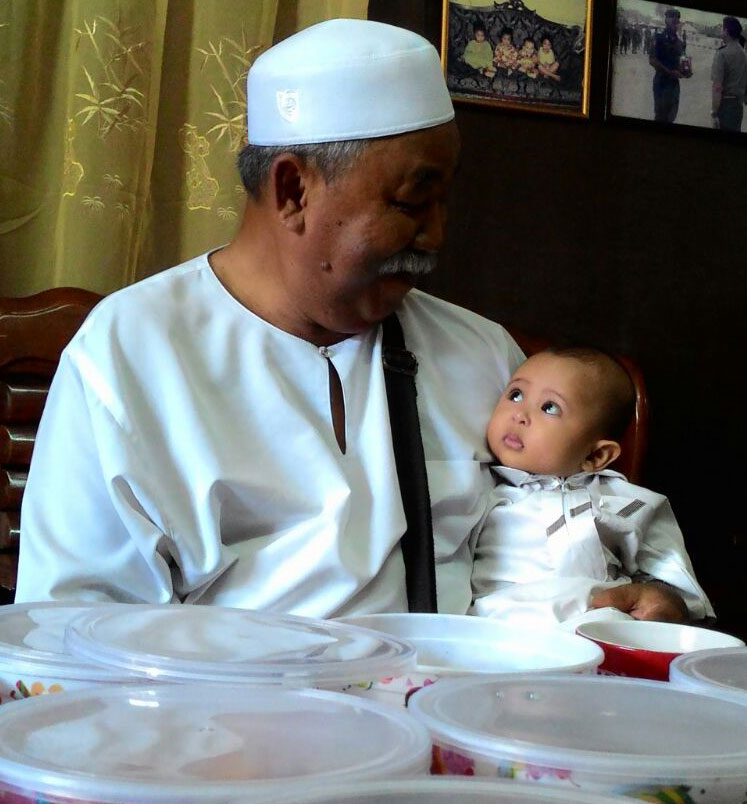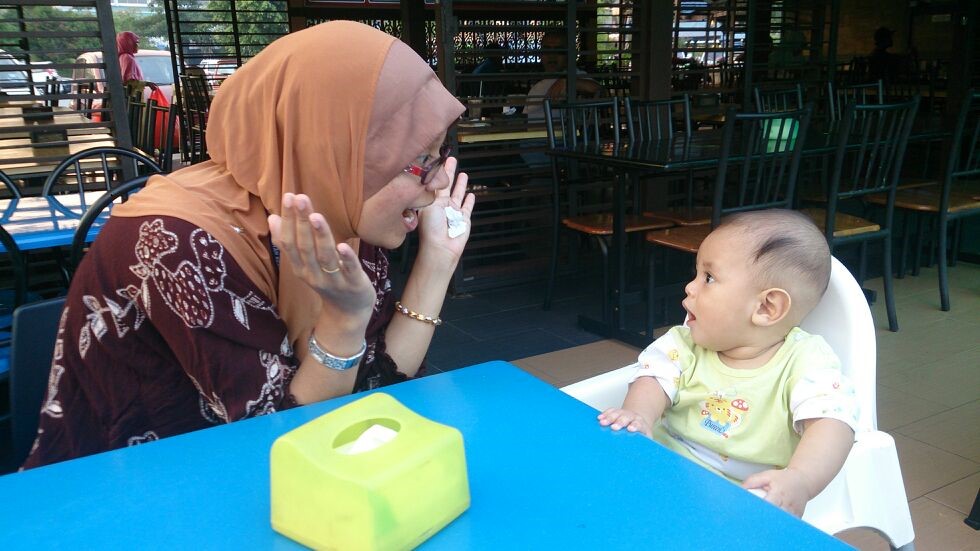Amir wants something. He pulls his mother’s hand without looking at her. His mother says, “Look at me, Amir. Look at me when you say something”. Communication without eye contact, body gesture and facial expression are like a song without rhythm. The main information is transferred to the listener but other social information like emotional input is missing.
Pragmatic Skills
Pragmatic skills are referring to skills to use language in daily communication. It includes how you communicate, appropriateness of sentence or phrases you use, body gestures and appropriateness of language used.
Individuals who lack of pragmatic skills usually have difficulty understanding others and responding to people in conversations.
Eye Contact
- Eye contact is a basic skill for communication.
- It happens when two people look at each other’s eyes at the same time.

- It is a nonverbal communication which gives important social and emotional information.
- Some people have difficulty in making appropriate eye contact. For example individuals with Autism Spectrum Disorder (ASD) or Attention Deficit and Hyperactivity Disorder (ADHD).
Why is Eye Contact Important?
- It is the centre of attention. When we make eye contact during a conversation, we know that our communication partner intends to listen to and is interested in what we are trying to get across.
- Provide social and emotional information. Eye contact reveals our thoughts and feelings. By looking at someone’s eyes, we can generally define other’s emotion whether they are sad, happy or curious.
- Eye contact creates an intimate bonding. Eye contact creates moments where you are able to feel what someone else is feeling.

When Should My Baby Starts to Make Eye Contact with Me?
- In between 0 to 3 months old, infants develop skill in looking intently at a speaker by watching the speaker’s eyes and mouth.
- As early as 4 months old, infant starts to make eye contact as a response to people around him especially parents. They start to respond to their name being called by looking at people.
- At age 9 months, they start to move to the next level which is joint attention after basic eye contact skill is mastered
- Infants use eye contact, body movement and vocalization to express their needs. They transfer the message to their communication partner by shifting their eye gaze from the other person to their interest objects and back again.
How to Teach and Encourage My Child to Make Appropriate Eye Contact?
-
Call his name and turn him to face you before and when talking to him
-
Praise him when he makes appropriate eye contact during a conversation or responds with eye contact to his name being called.
For example, “Good eye contact, Zawir!” -
Use attractive facial expressions to attract him in looking at your face and making eye contact.
-
During play time, hold medium and small sized toys near to your face and eyes to increase opportunity for him to make eye contact.
-
Create a situation where he needs to request and make eye contact before he is able to get the item.
-
Play peek a boo with your baby.
References
- M.N. ,(2007), Hedge’s PocketGuide to Treatment in Speech-Language Pathology, Delmar Cengage Learning.
- J, Brown J, Mercer-Moseley, C., (2001), St. Gabriel’s Curriculum (Second Edition 2005)
- Pragmatic Language Tips; retrieved 30/8/2015 from http://www.asha.org
| Last Reviewed | : | 28 August 2020 |
| Writer / Translator | : | Nurhayati bt. Mohd Mossadeq |
| Accreditor | : | Noormala bt. Anuar Ali |
| Reviewer | : | Nadwah bt. Onwi |








